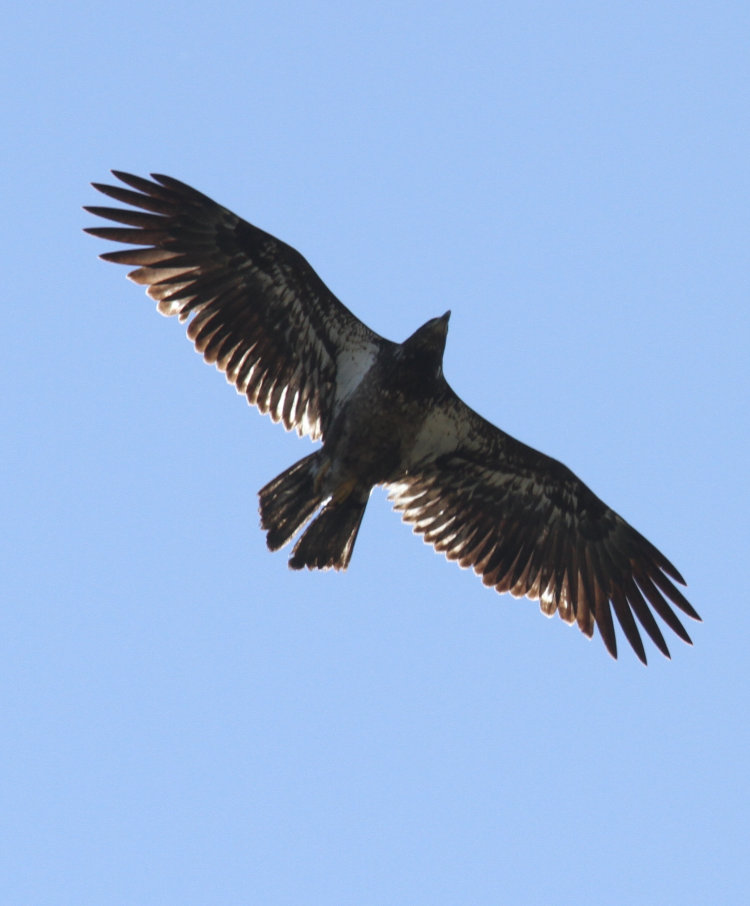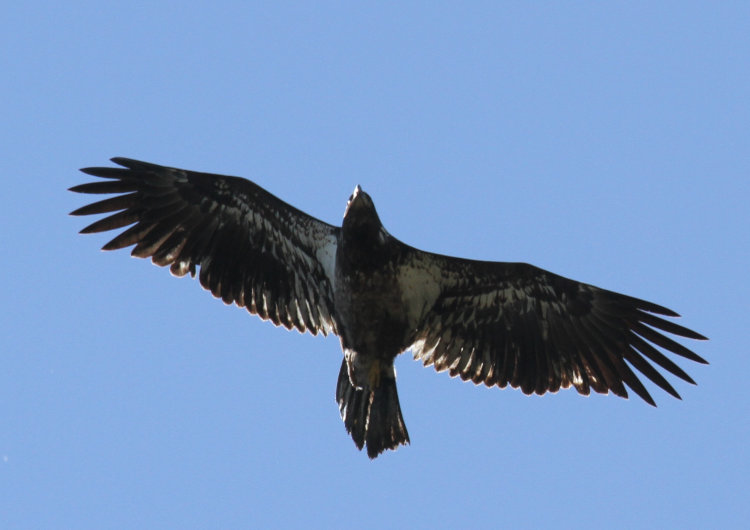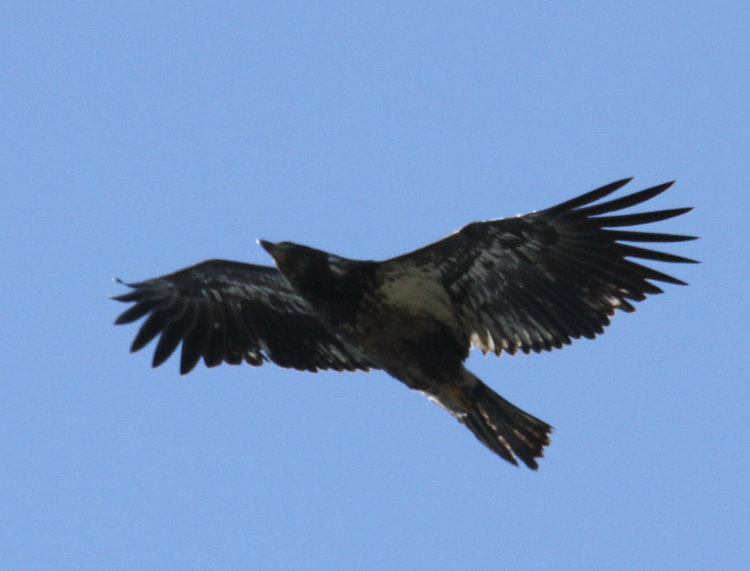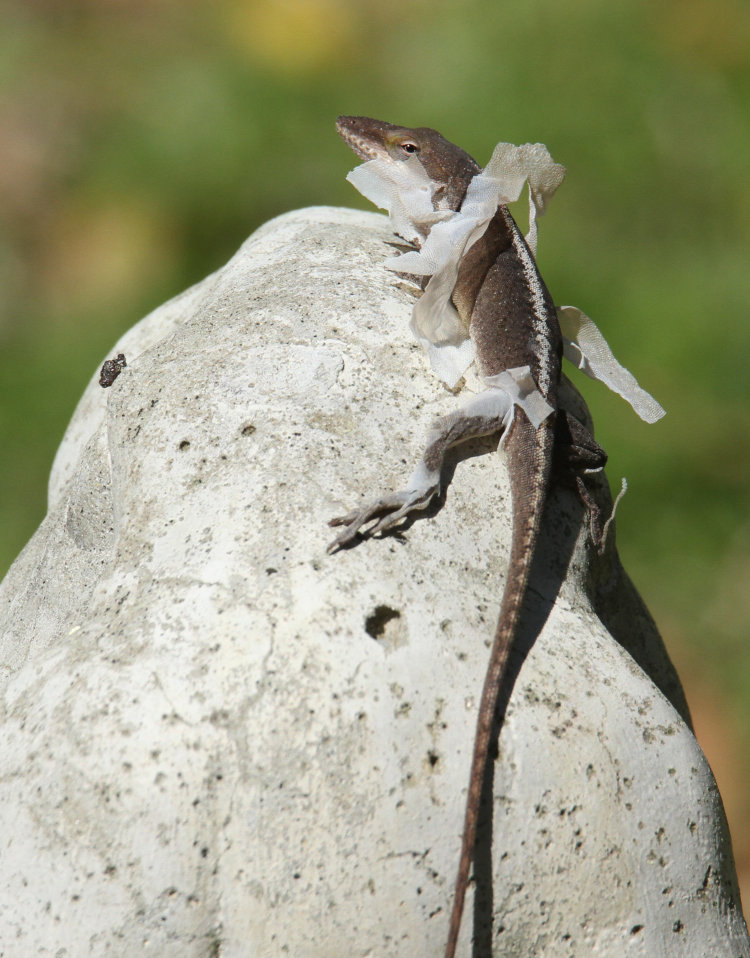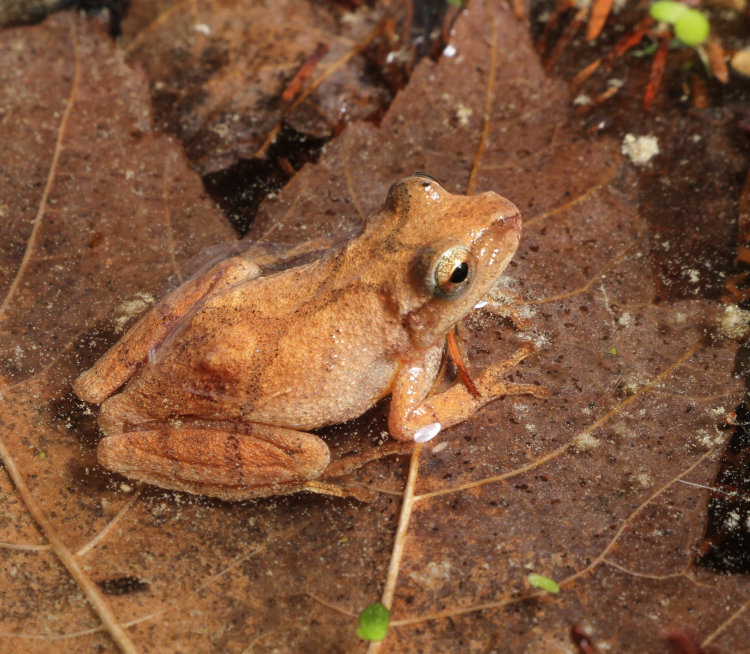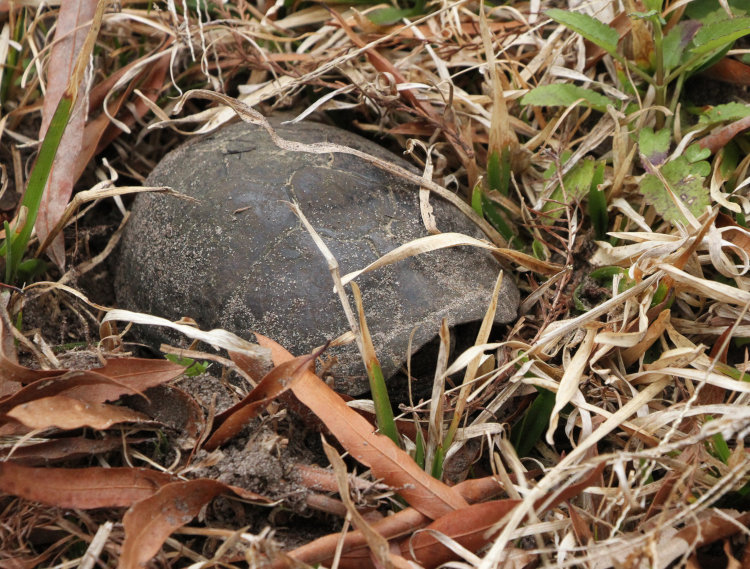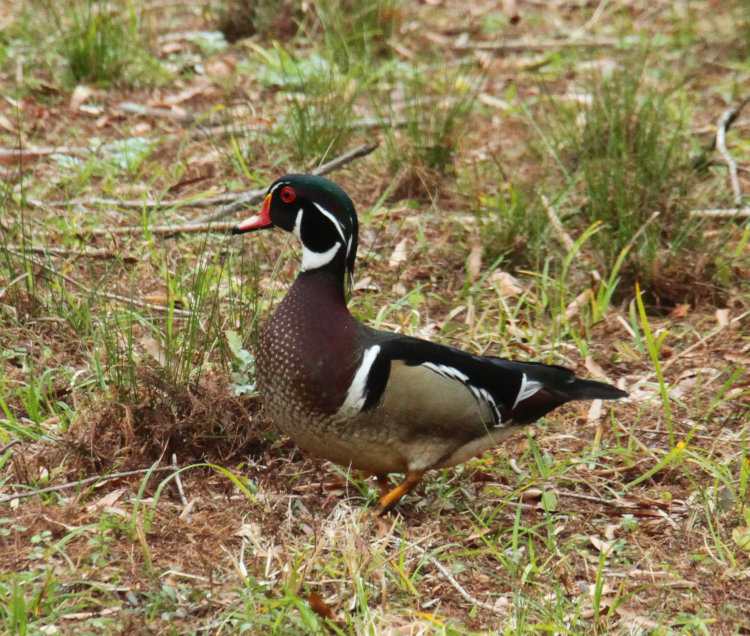Do you think that, if I had readers, they’d be writing in to request that I hire someone else to write my titles? Let me know…
But March is on its way out the door, and you know what that means? No, not that you can finally let out that fart you’ve been holding in for hours – it’s the end of the month abstract! And we’re definitely pushing the deadline here, because this was shot less than two hours ago, when I realized that nothing that I had was even remotely interesting. The nonexistent readers are remarking that this hasn’t ever stopped me before, but we can ignore them. So what do we have?

Going out to try and find something, I did, in this case the dew appearing on the tips of the new hosta (Agavoideae) leaves as night wore on. I did a few initial shots, then returned with the reversed 28-105 to do higher magnification. But, I’m not sure this is actually dew, as in, moisture that condenses out of the air as the temperatures fall. Considering that little else had even a hint of it and that I’ve seen the same kind of thing on similar plants, I think this is actually moisture that the plants extrude from the leaf tips overnight, bolstered by the fact that as I was out there, I saw a droplet fall away without being disturbed, apparently gaining enough mass to overcome its tenuous hold on the leaf.
The hostas were slightly surprising, because their pots remained out unprotected over this harsh winter, and we had feared that the cold temperatures had penetrated into the pots and killed the roots. This is what happened to the tall avocado tree in the garage, the only place high enough to hold its 280+cm height. But about a week ago the new hosta sprouts appeared, and these are now several centimeters tall, so they appear to be doing fine.
A little trivia: last summer, while attempting to show the scale of one of the anoles that was perched on a hosta leaf, I eased one of my little paper millimeter rulers in alongside the lizard, but it dislodged and slid down the slope of the leaf right along the stem, the same way that rain does. It disappeared entirely from view deep within the cluster of stems, and I wrote it off – I get more every few print jobs anyway. Late this past fall, as the hosta leaves all withered, I could see a little strip of white down at the soil level and retrieved my scale with some amusement. You’ll probably see it again sometime.


















































